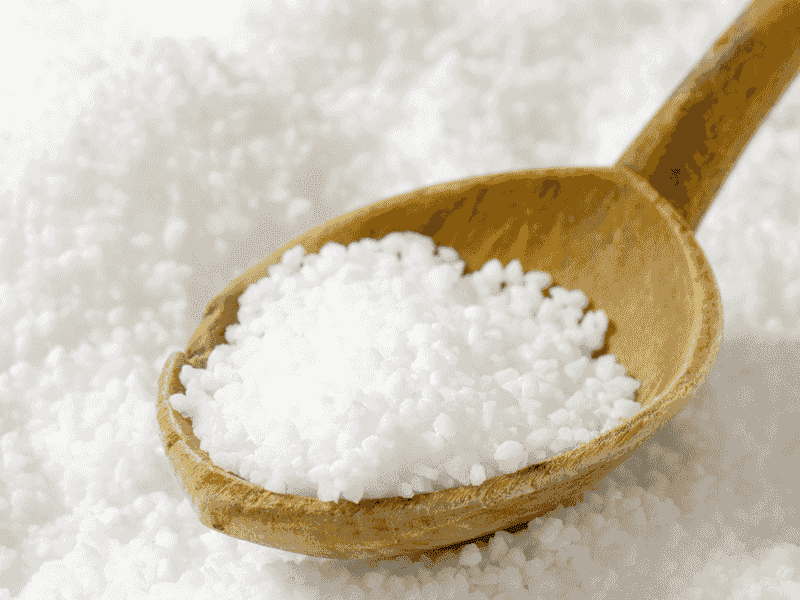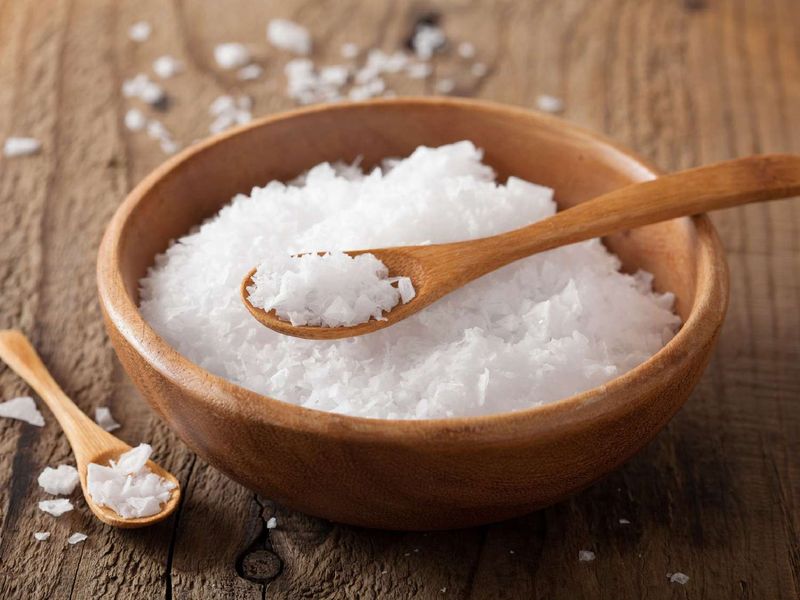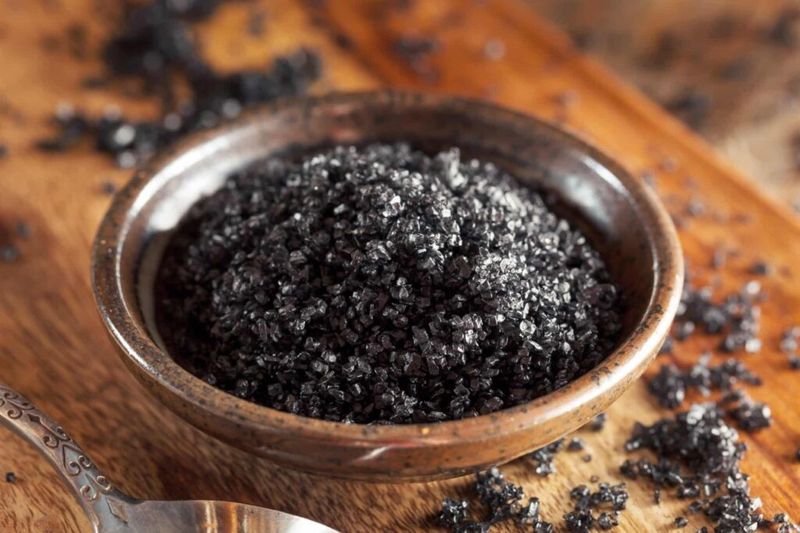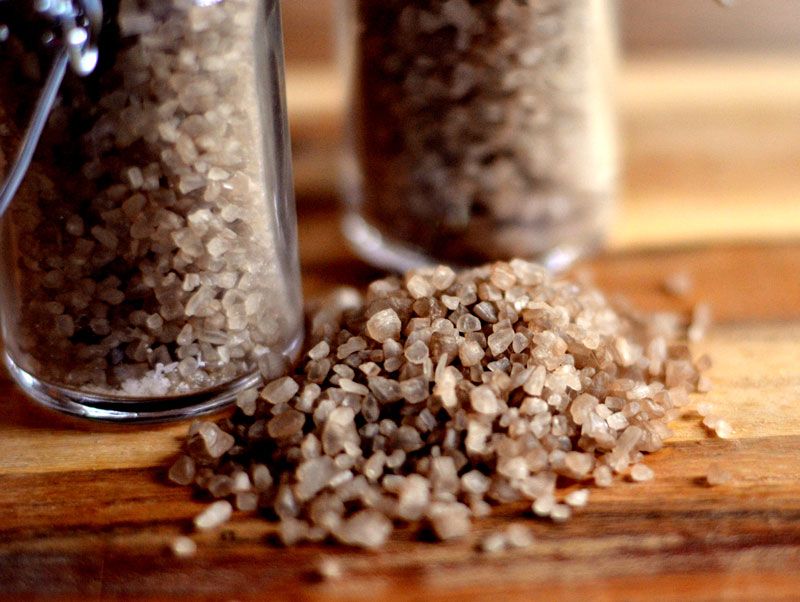Salt is a fundamental ingredient in cooking, offering a wide range of flavors and textures. Understanding the unique characteristics of different salts can elevate your culinary creations. This guide explores six types of salt and how to use them like a professional chef.
Sea Salt

Sea salt’s coarse texture and briny flavor make it a versatile choice in the kitchen. Derived from evaporated seawater, it retains trace minerals that enhance dishes with subtle complexity. Use sea salt as a finishing touch on fresh salads or grilled vegetables. Its satisfying crunch adds a delightful contrast to creamy dishes.
In warm dishes, sea salt dissolves quickly, providing a balanced flavor without overpowering. It’s a natural partner for seafood, complementing the ocean’s taste without overshadowing it. Experiment with sea salt in your next culinary creation and discover its subtle elegance.
Kosher Salt

Favored by chefs for its purity and dissolvability, kosher salt is a staple in professional kitchens. Its larger flakes make it easy to pinch and control seasoning during cooking. Use kosher salt to season meats before grilling. Its ability to draw out moisture ensures a perfect crust.
Sprinkle kosher salt on roasted potatoes for a crispy finish. Its neutral flavor allows the ingredients to shine. Perfect for brining, it elevates poultry and pork dishes to new heights. Kosher salt’s versatility makes it a must-have in every culinary toolkit.
Himalayan Pink Salt

Himalayan pink salt, famous for its rosy hue, is mined from ancient sea beds. Rich in minerals, it offers a unique flavor profile that enhances both savory and sweet dishes. Use it as a finishing salt on chocolate desserts to accentuate their richness.
In savory dishes, it pairs well with grilled meats, adding depth and subtlety. Its beautiful color also makes it a stunning garnish. Consider using Himalayan pink salt in homemade spice blends or as a decorative touch on the dining table. Its versatility is matched only by its visual appeal.
Fleur de Sel

Fleur de Sel, the “flower of salt,” is prized for its delicate texture and pure taste. Harvested by hand from salt marshes, it forms as a thin crust on the water’s surface. Use it to finish dishes like steak and seafood, where its subtlety shines.
Sprinkle Fleur de Sel sparingly over caramel desserts for a sophisticated contrast. Its distinctive texture provides a gentle crunch, enhancing the dining experience without overwhelming flavors. Fleur de Sel’s elegance makes it a favorite among gourmets worldwide, adding a touch of French sophistication to your plate.
Black Lava Salt

Exotic and striking, black lava salt gains its dramatic appearance from activated charcoal, which adds a hint of earthiness. This salt is perfect for visually stunning dishes. Use it to garnish seafood, where its color contrasts beautifully with white fish or scallops.
Its earthy flavor complements grilled vegetables, adding a smoky depth. Black lava salt’s visual impact makes it ideal for finishing dishes before serving at special gatherings. Beyond aesthetics, its mineral content provides a healthful boost, making it a bold choice for the adventurous chef.
Smoked Salt

With its rich, smoky aroma, smoked salt brings a campfire essence to culinary creations. Infused with natural smoke, it’s ideal for adding depth to barbecue dishes. Use it as a finishing salt on grilled steaks or ribs for that outdoor flavor.
Smoked salt works wonders in vegetarian dishes, enhancing mushrooms or eggplant with a smoky twist. Its robust flavor makes it a versatile seasoning, transforming simple dishes into gourmet experiences. Embrace the unique qualities of smoked salt and create dishes with a captivating, smoky finish.
Leave a comment